Exhibition and trail map explore Chichester's role in the Great War
This article contains affiliate links. We may earn a small commission on items purchased through this article, but that does not affect our editorial judgement.
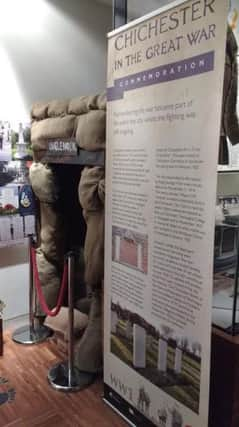

Chichester in the Great War: Mobilisation, Care and Compassion and Memorialization, a project led by researchers from the University of Chichester and supported by volunteers, has produced several outcomes for local people to engage with. This includes an exhibition at the Novium, which will be open until September, a Barracks Day on July 25, a history workshop on September 1, a talk from Dr John Godfrey who will be speaking at the university on October 6, and the showing of the Battle of the Somme film at New Park Cinema on October 23. This war film from 1916 will be screened exactly 100 years to the day it was first shown in Chichester.
The project team have also developed a heritage trail map, allowing those who are interested to follow in the footsteps of people living in Chichester during the Great War and explore key areas in the city which demonstrate how the city was mobilised for the war effort. Free copies of this map are available at the Novium museum.
Advertisement
Hide AdAdvertisement
Hide AdDr Ross Wilson, the project’s principal investigator, said: “We’ve managed to locate some really interesting pieces of information about wartime Chichester. What has been fascinating to see is the extent to which the lives of citizens were transformed. The war was fought on the battlefields of France, Flanders, Mesopotamia, Greece, East Africa and on the seas, but it was also fought at home as individuals raised money for war charities, looked after the wounded, attended patriotic concerts and made sacrifices to ensure victory. The scale of mobilisation of Chichester is really impressive. Everyone in the city was encouraged to do their bit. If you were a man and too old to fight, then you could work in the civilian guard. If you were a woman and wanted to help the war effort, you could work in the factories, workshops or the war hospitals. If you were a child, then you would raise money for war charities. The entire city was on a war footing from August 1914 and it was this dedication that ensured a high level of morale throughout the war.
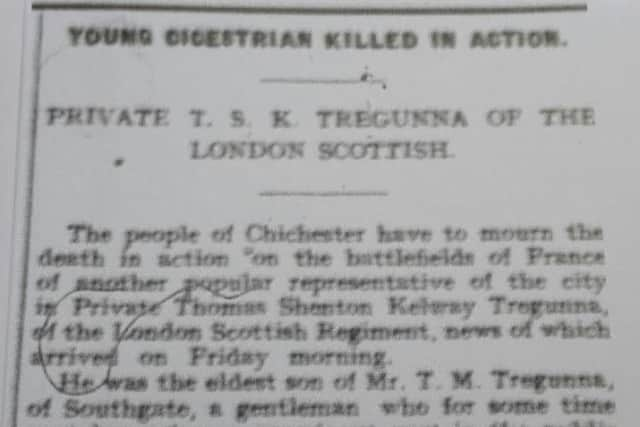

“What has been interesting is to note the extensive work undertaken by Mayor and Mayoress Garland in promoting the war, running charitable events and encouraging the citizens of Chichester to endure the privations brought about by the conflict. Perhaps the most revealing part of this work was in the post-war era when debates about how to commemorate the war were really prominent in the city. Whilst some wanted a monument to remember the dead, many in the city demanded resources for the living. A public bath, a meeting room or employment for veterans were alternative schemes suggested rather than a memorial in the city.
“We’re hoping that the project will connect present-day Cicestrians with their wartime counterparts as whilst we may feel very familiar with the war we have to remember that this was a very different society. To mention the ‘First World War’, ‘1914-1918’ or to speak of ‘the trenches’ immediately evokes a very strong image of the conflict in our minds. However, this can obscure the ways in which individuals on the home front responded to the war. A century after the war started, its important to remember how the conflict changed the lives of everyone within society and how a place like Chichester was transformed.
“We would be really interested to hear from any group organisation in Chichester that wanted to trace its wartime history. City bands, churches and schools took a prominent role in organising and encouraging the war effort and we’d really like to help groups research their wartime history. We’re also running a number of workshops for individuals and families in the city who want to find out more about relatives in the war and it would be great to build up a picture of wartime service in the city.”
Advertisement
Hide AdAdvertisement
Hide AdWorking on the project has been a positive experience, and it is gratifying to see the outcomes of the project being used by residents, say the researchers.
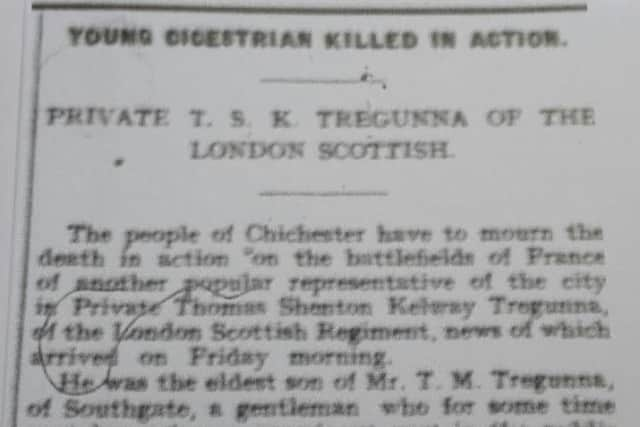

Ross said: “The project has gone really well. It’s been a pleasure to work with all the volunteers on the project and to have worked with the Chichester Community Development Trust. It’s fantastic to see the exhibition in the Novium and to have people walking around the city using the trail. Working with the Novium, New Park Cinema, the Prebendal School and the Chichester Community Development Trust to make resources which can be used by both residents of Chichester and visitors has been an excellent experience for everyone involved in the project.”
Dr Maureen Wright, the project’s research associate, said: “For me the highlight of the project was to able to more fully investigate the role of Graylingwell War Hospital - finding out accounts by the medical staff there, and interesting artefacts such as poems written by patients. It was also a joy to work with a team of such committed and dedicated volunteers, who really ensured the project was a great success. We found out such a lot of local ‘gems’, and some really sorrowful histories too and such a lot of patriotic commitment by the residents of the city during the long war years. Truly, the whole city was mobilised - and also hospitable to refugees and members of the armed forces far from their homes.
Contact Dr Ross Wilson on [email protected] to find out more.
Advertisement
Hide AdAdvertisement
Hide AdDon’t miss out on all the latest breaking news where you live.
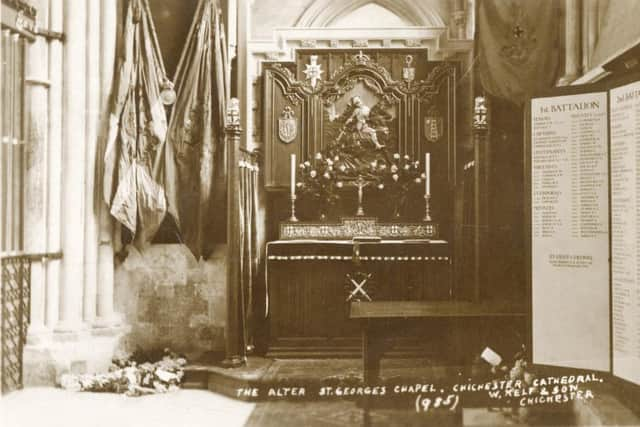

Here are four ways you can be sure you’ll be amongst the first to know what’s going on.
1) Make our website your homepage at www.chichester.co.uk/
2) Like our Facebook page at www.facebook.com/ChichesterObserver
3) Follow us on Twitter @Chiobserver
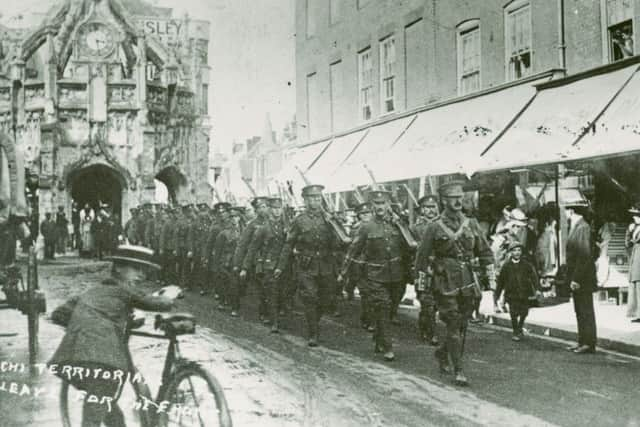

4) Register with us by clicking on ‘sign in’ (top right corner). You can then receive our daily newsletter AND add your point of view to stories that you read here.
And do share with your family and friends - so they don’t miss out!
The Chichester Observer - always the first with your local news.
Be part of it.